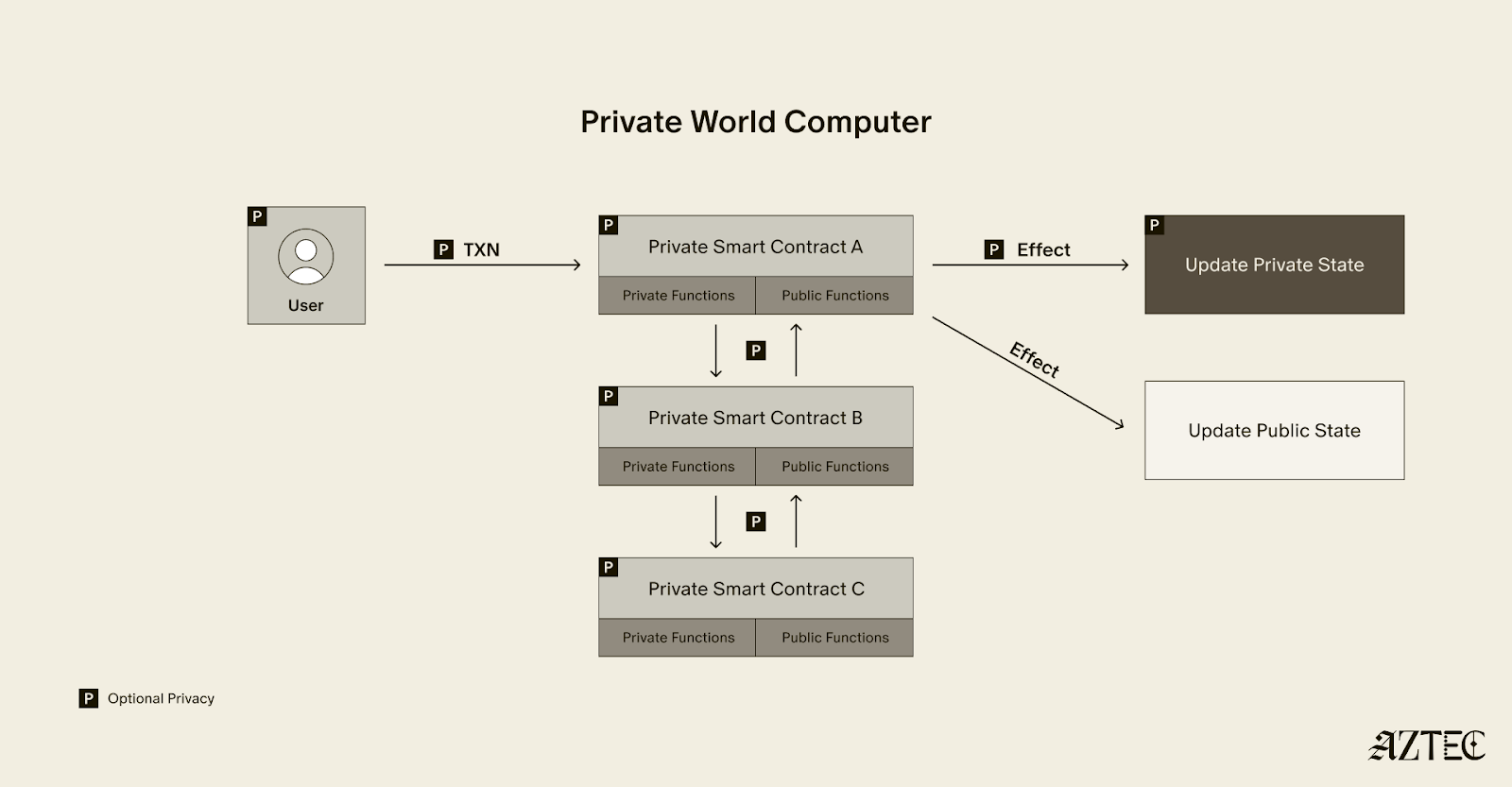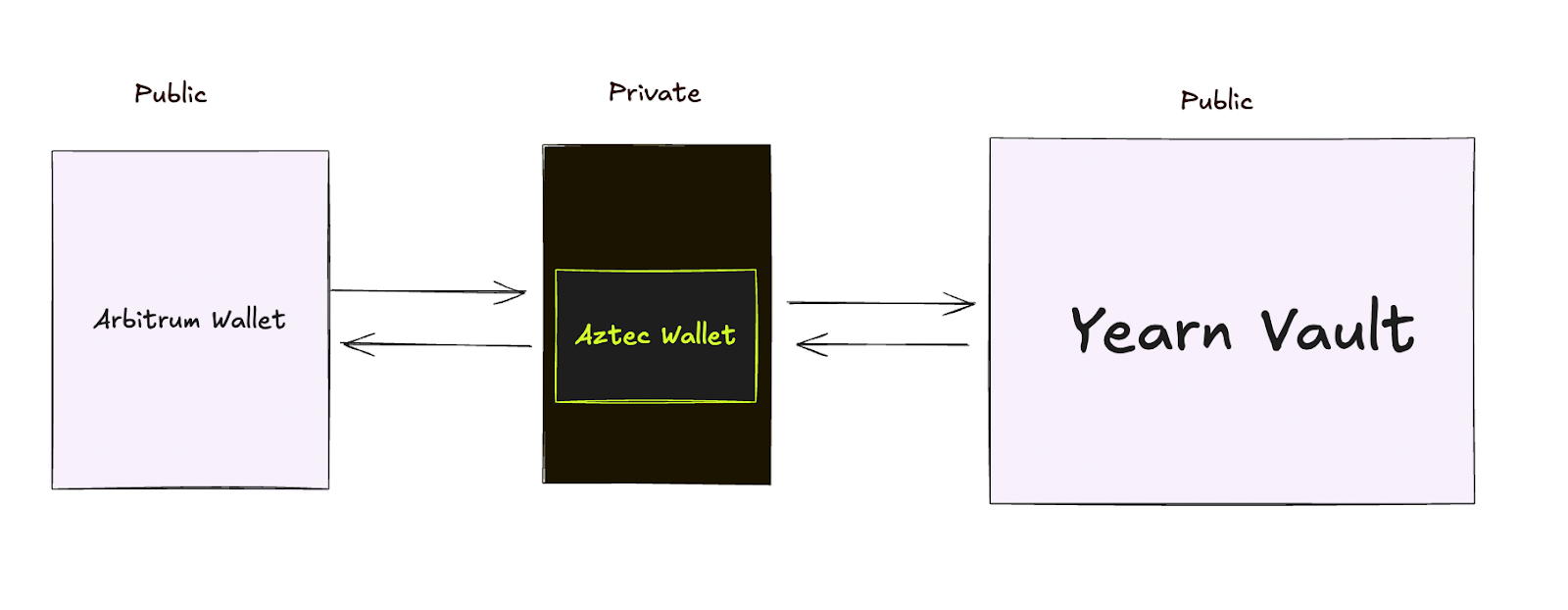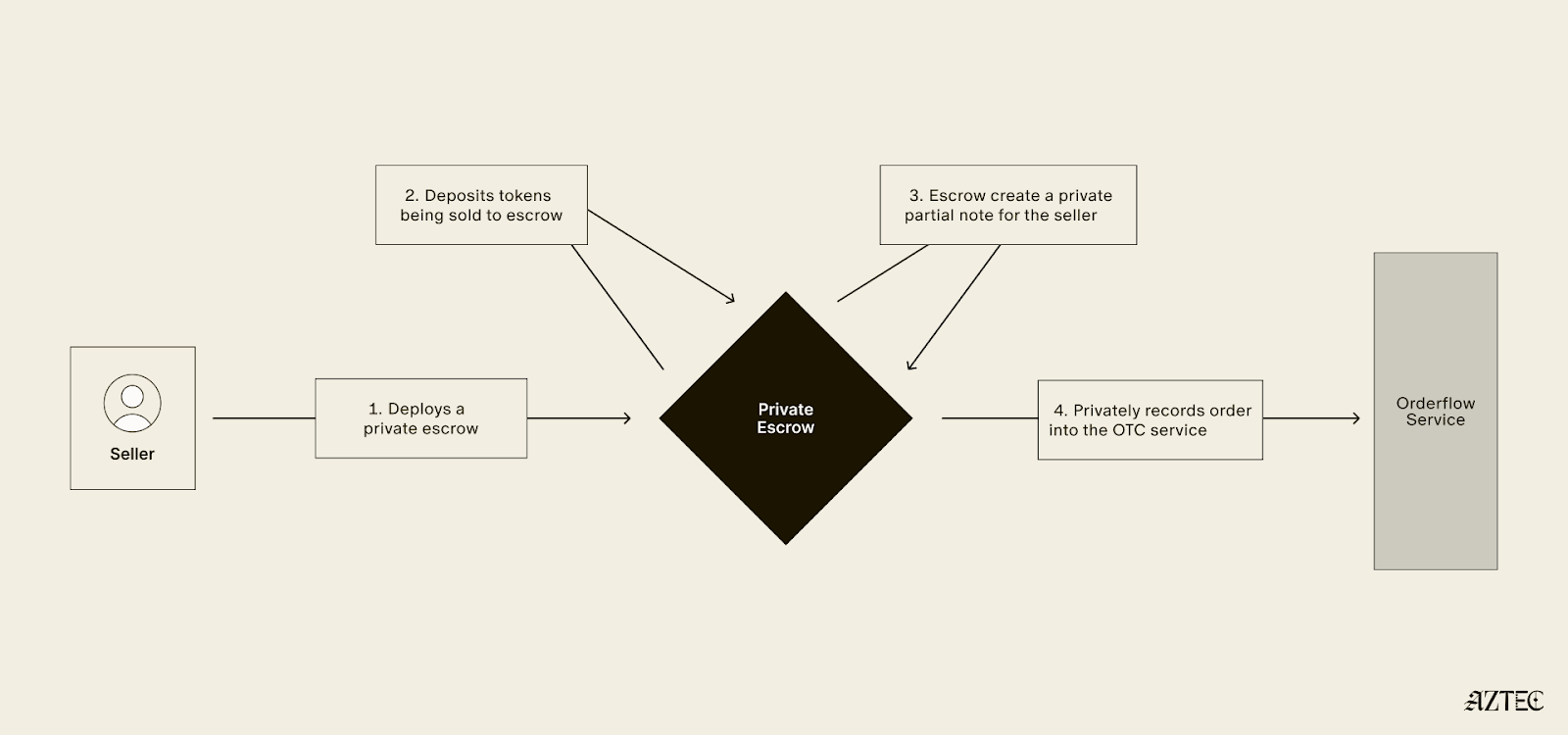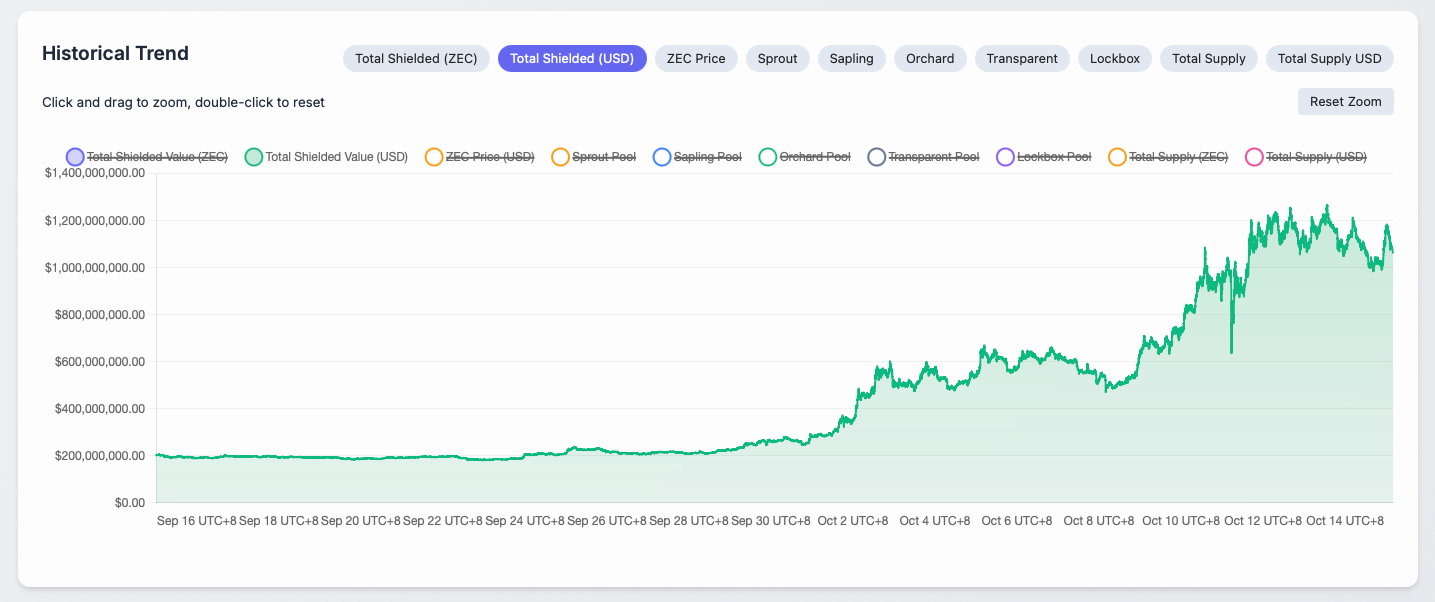Every time you swap tokens on Uniswap, deposit into a yield vault, or vote in a DAO, you're broadcasting your moves to the world. Anyone can see what you own, where you trade, how much you invest, and when you move your money.
Tracking and analysis tools like Chainalysis and TRM are already extremely advanced, and will only grow stronger with advances in AI in the coming years. The implications of this are that the ‘pseudo-anonymous’ wallets on Ethereum are quickly becoming linked to real-world identities. This is concerning for protecting your personal privacy, but it’s also a major blocker in bringing institutions on-chain with full compliance for their users.
Until now, your only option was to abandon your favorite apps and move to specialized privacy-focused apps or chains with varying degrees of privacy. You'd lose access to the DeFi ecosystem as you know it now, the liquidity you depend on, and the community you're part of.
What if you could keep using Uniswap, Aave, Yearn, and every other app you love, but with your identity staying private? No switching chains. Just an incognito mode for your existing on-chain life?
If you’ve been following Aztec for a while, you would be right to think about Aztec Connect here, which was hugely popular with $17M TVL and over 100,000 active wallets, but was sunset in 2024 to focus on bringing a general-purpose privacy network to life.
Read on to learn how you’ll be able to import privacy to any L2, using one of the many privacy-focused bridges that are already built.
The Aztec Network
Aztec is a fully decentralized, privacy-preserving L2 on Ethereum. You can think of Aztec as a private world computer with full end-to-end programmable privacy. A private world computer extends Ethereum to add optional privacy at every level, from identity and transactions to the smart contracts themselves.

On Aztec, every wallet is a smart contract that gives users complete control over which aspects they want to make public or keep private.
Aztec is currently in Testnet, but will have multiple privacy-preserving bridges live for its mainnet launch, unlocking a myriad of privacy preserving features.
Bringing Privacy to You
Now, several bridges, including Wormhole, TRAIN, and Substance, are connecting Aztec to other chains, adding a privacy layer to the L2s you already use. Think of it as a secure tunnel between you and any DeFi app on Ethereum, Arbitrum, Base, Optimism, or other major chains.
Here's what changes: You can now use any DeFi protocol without revealing your identity. Furthermore, you can also unlock brand new features that take advantage of Aztec’s private smart contracts, like private DAO voting or private compliance checks.
Here's what you can do:
- Use DeFi without revealing your portfolio: trade on Uniswap or deposit into Yearn without broadcasting your strategy to the world
- Donate to causes without being tracked: support projects on Base without linking donations to your identity
- Vote in DAOs without others seeing your choices: participate in governance on Arbitrum while keeping your votes private
- Prove you're legitimate without doxxing yourself: pass compliance checks or prove asset ownership without revealing which specific assets you hold
- Access exclusive perks without revealing which NFTs you own: unlock token-gated content on Optimism without showing your entire collection
The apps stay where they are. Your liquidity stays where it is. Your community stays where it is. You just get a privacy upgrade.
How It Actually Works
Let's follow Alice through a real example.
Alice wants to invest $1,000 USDC into a yield vault on Arbitrum without revealing her identity.

Step 1: Alice Sends Funds Through Aztec
Alice moves her funds into Aztec's privacy layer. This could be done in one click directly in the app that she’s already using if the app has integrated one of the bridges. Think of this like dropping a sealed envelope into a secure mailbox. The funds enter a private space where transactions can't be tracked back to her wallet.
Step 2: The Funds Arrive at the DeFi Vault
Aztec routes Alice's funds to the Yearn vault on Arbitrum. The vault sees a deposit and issues yield-earning tokens. But there's no way to trace those tokens back to Alice's original wallet. Others can see someone made a deposit, but they have no idea who.
Step 3: Alice Gets Her Tokens Back Privately
The yield tokens arrive in Alice's private Aztec wallet. She can hold them, trade them privately, or eventually withdraw them, without anyone connecting the dots.
Step 4: Alice Earns Yield With Complete Privacy
Alice is earning yield on Arbitrum using the exact same vault as everyone else. But while other users broadcast their entire investment strategy, Alice's moves remain private.
The difference looks like this:
Without privacy: "Wallet 0x742d...89ab deposited $5,000 into Yearn vault at 2:47 PM"
With Aztec privacy: "Someone deposited funds into Yearn vault" (but who? from where? how much? unknowable).
In the future, we expect apps to directly integrate Aztec, making this experience seamless for you as a user.
The Developers Behind the Bridges
While Aztec is still in Testnet, multiple teams are already building bridges right now in preparation for the mainnet launch.
Projects like Substance Labs, Train, and Wormhole are creating connections between Aztec and major chains like Optimism, Unichain, Solana, and Aptos. This means you'll soon have private access to DeFi across nearly every major ecosystem.
Aztec has also launched a dedicated cross-chain catalyst program to support developers with grants to build additional bridges and apps.
Unifying Liquidity Across Ethereum L2s
L2s have sometimes received criticism for fragmenting liquidity across chains. Aztec is taking a different approach. Instead, Aztec is bringing privacy to the liquidity that already exists. Your funds stay on Arbitrum, Optimism, Base, wherever the deepest pools and best apps already live. Aztec doesn't compete for liquidity, it adds privacy to existing liquidity.
You can access Uniswap's billions in trading volume. You can tap into Aave's massive lending pools. You can deposit into Yearn's established vaults, all without moving liquidity away from where it's most useful.
The Future of Private DeFi
We’re rolling out a new approach to how we think about L2s on Ethereum. Rather than forcing users to choose between privacy and access to the best DeFi applications, we’re making privacy a feature you can add to any protocol you're already using. As more bridges go live and applications integrate Aztec directly, using DeFi privately will become as simple as clicking a button—no technical knowledge required, no compromise on the apps and liquidity you depend on.
While Aztec is currently in testnet, the infrastructure is rapidly taking shape. With multiple bridge providers building connections to major chains and a dedicated catalyst program supporting developers, the path to mainnet is clear. Soon, you'll be able to protect your privacy while still participating fully in the Ethereum ecosystem.
If you’re a developer and want a full technical breakdown, check out this post. To stay up to date with the latest updates for network operators, join the Aztec Discord and follow Aztec on X.





